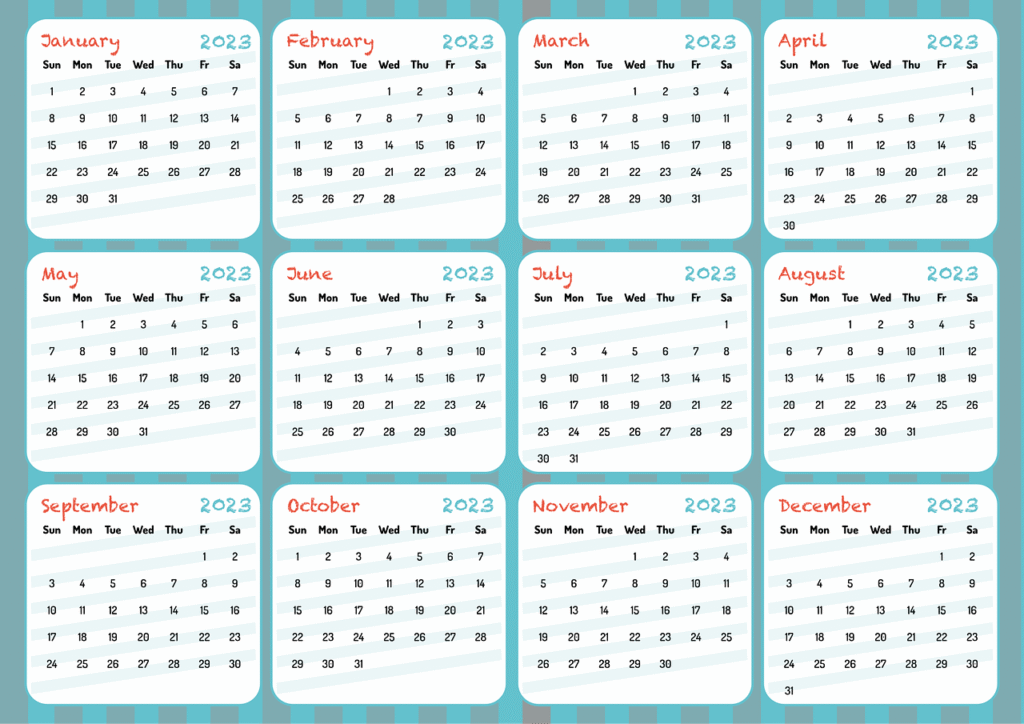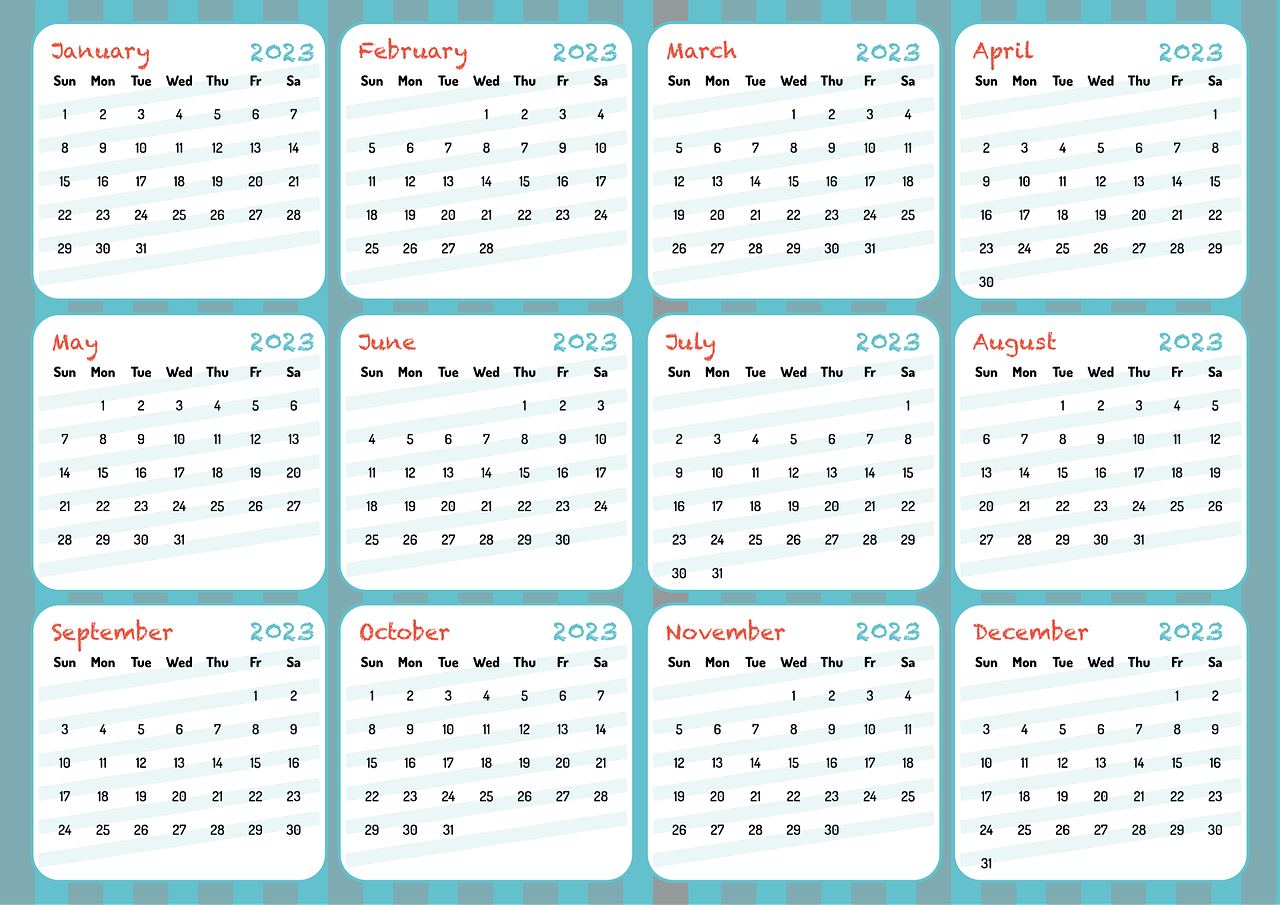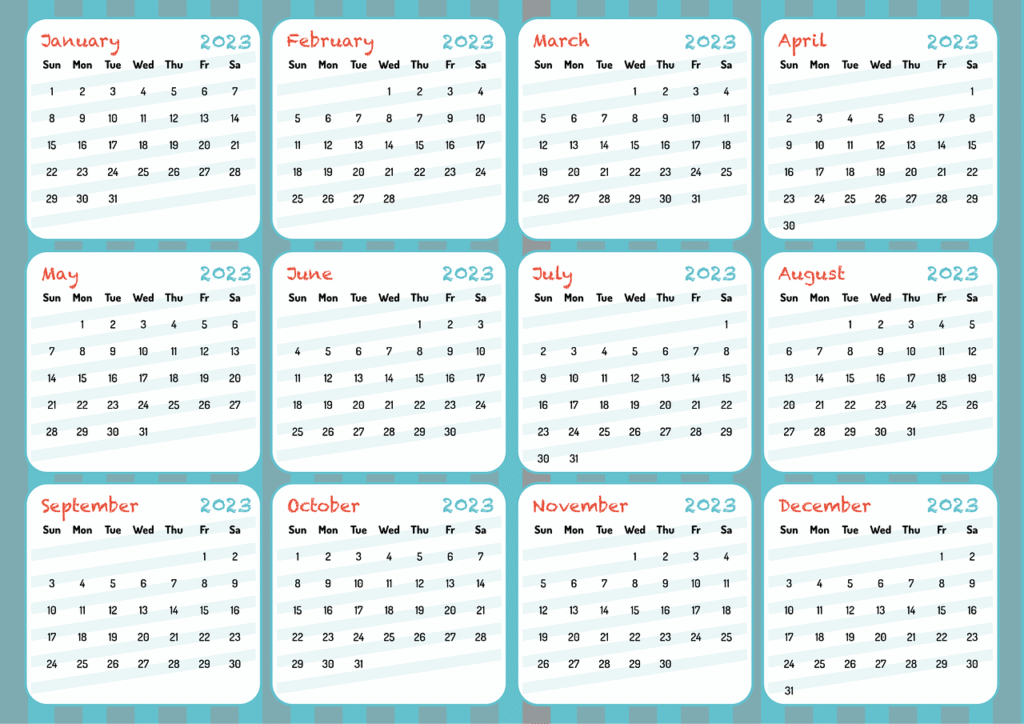Planning for How Long Will $1 Million Last in Retirement
Have you ever wondered how long $1 million will really last when you’re enjoying your hard-earned retirement? It’s quite the intriguing question, isn’t it? While a million dollars may seem like an impressive nest egg, it’s crucial to remember that how long it lasts will depend on numerous factors unique to your situation. Through this article, we’ll explore these factors and how they affect the duration of your financial plan so that you can enjoy the retirement you’ve been looking forward to.

This image is property of pixabay.com.
Understanding the Components of Retirement Spending
Retirement spending isn’t a one-size-fits-all scenario. It’s determined by a combination of needs, desires, lifestyle choices, and unforeseen events. Let’s take a closer look at the key components that contribute to retirement spending.
Essential Expenses
In any retirement plan, there are basic expenses that form the foundation of your budget. These typically include housing, utilities, groceries, transportation, and healthcare. Understanding these costs will give you a clearer picture of what your guaranteed expenditures will be.
Fixed expenses remain relatively steady over time, though they may be subject to inflation. Variable expenses can fluctuate depending on lifestyle changes or unexpected events. By analyzing past spending patterns and adjusting for inflation, you can estimate these expenses more accurately.
Discretionary Spending
After covering the essentials, retirement is also about enjoying your newfound freedom. Discretionary spending encompasses everything from travel and hobbies to dining out and entertainment. Balancing how much to allocate to these experiences, while ensuring your essentials are covered, is critical to your retirement plan.
Unexpected Costs
Life can be unpredictable, and unforeseen events like medical emergencies or home repairs can impact your finances. Building a buffer for unexpected costs is crucial to safeguarding your retirement. A solid emergency fund can be a lifesaver, providing peace of mind amidst life’s surprises.
The Role of Inflation
Inflation is a silent factor that can significantly impact how long your retirement funds last. It gradually erodes the purchasing power of your dollar, meaning the $1 million you have today could be worth much less in the future. Taking inflation into account when planning your retirement ensures that your funds maintain their value over time.
Here’s a glimpse into how inflation might play out:
| Time Frame | Initial Value ($) | Value After Inflation (Assuming 3% Annual Inflation) ($) |
|---|---|---|
| Year 1 | 1,000,000 | 970,000 |
| Year 5 | 1,000,000 | 858,730 |
| Year 10 | 1,000,000 | 744,090 |
| Year 20 | 1,000,000 | 553,680 |
From this table, you can see how the value of your retirement savings changes over time with the effects of inflation. Understanding this impact will guide you in making prudent investment and expenditure decisions.
Investment Strategy
Drawing from investments can help make your $1 million last longer. However, the success of your investment strategy hinges on several factors, including your risk tolerance and market conditions.
Risk vs. Reward
Investments come with a gamble between risk and reward, especially in retirement. More conservative investments carry less risk and lower returns, while aggressive investments have higher risk and potential reward. Finding a balance that aligns with your financial goals and individual risk tolerance is key to sustaining your retirement funds.
Diversification
A diversified portfolio can be a safety net. By spreading your investments across different asset classes like stocks, bonds, and real estate, you mitigate the risk of a significant loss in any single area. Diversification is a powerful tool that protects your assets and offers smoother returns over time.
Withdrawal Rate
Deciding on a withdrawal rate is a key factor that impacts the longevity of your retirement savings. Traditional guidance points to a 4% withdrawal rate to maintain funds, but various factors may necessitate adjusting this rate.
Safe Withdrawal Rate
The 4% rule is a widely accepted model which suggests withdrawing 4% of your retirement savings annually. This rate is presumed to offer a balance between accessing funds for daily living and preserving the principal. Yet economic changes can cause fluctuations in this rate’s effectiveness.
Consider this guideline as a starting point, but be ready to adapt it based on your personal circumstances, investment performance, and life changes.
Flexible Withdrawal Strategies
One size doesn’t fit all. Flexible withdrawal strategies account for changes in spending needs, lifestyle choices, and market conditions. Adapting your withdrawal rate in response to these fluctuations can prolong your savings and cater to your personal needs.

Budgeting for Longevity
Uncertainty surrounding how long you’ll need your savings requires careful budgeting. With improvements in healthcare, individuals are living longer, and your savings must accommodate potentially extended retirement years.
Life Expectancy
Considering life expectancy is an integral part of your plan. The possibility of a long life requires that your savings last as long—or longer—than initially anticipated. Utilize statistical data, family history, and your health condition to form a realistic expectation.
Potential Extended Care Costs
One crucial aspect of longevity planning is the possible need for long-term care. Nursing homes and assisted living facilities can drain resources quickly. Addressing this potential expense early on with insurance or additional reserves safeguards against depleting your funds unexpectedly.
Exploring Income Streams
Remember that your $1 million isn’t the only source of retirement income. You may have several additional income streams to bolster your financial outlook. Balancing these streams can enhance your retirement lifestyle and extend your funds.
Social Security
Social Security is a common, and often essential, income stream for retirees. Understanding your benefits and how to maximize them through strategic claiming can significantly supplement your retirement funds.
Pensions and Annuities
If you’re lucky enough to have a pension or annuity, these can play a vital role in your retirement financial strategy. They provide steady, reliable income that isn’t subject to the volatility of markets, offering a sense of security.

Lifestyle Considerations
Your desired lifestyle significantly influences your retirement plan. The amount you need and the longevity of your savings rely heavily on how you choose to spend your time and funds.
Minimalist vs. Lavish Retirement
Whether you choose a minimalistic, budget-conscious lifestyle or an opulent, lavish one, your retirement plan needs to support this choice. Minimalist lifestyles tend to focus on the essentials, while more extravagant paths might include frequent travel, luxury purchases, and diversified leisure activities.
Relocation and Downsizing
Consider the potential costs or savings of relocating and downsizing during retirement. Lower living expenses in different regions can greatly facilitate extending your funds further. Moving to a lower-cost area, perhaps even abroad, provides the potential for significant savings on taxes, housing, and general expenses.
Consulting Financial Experts
Professional guidance can be a tremendous asset. Financial advisors provide insights, strategies, and assistance that can help secure your retirement future. They not only offer experience in handling shifting market conditions but also tailor your plan according to your specific needs.
Tailoring Advice to Your Needs
A personalized approach optimally factors in your risk tolerance, lifestyle choices, and financial goals. Advisors can help structure a plan that adapts to your evolving circumstances, enabling you to make informed, confident decisions. Seeking trustworthy expertise is invaluable to sustaining—and even enhancing—your retirement experience.

This image is property of pixabay.com.
Monitoring and Adjusting Your Plan
Finally, regular checks are vital to ensuring your plan stays aligned with your needs. Life is fluid, and your retirement plan needs to reflect those changes.
Regular Portfolio Reviews
Monitoring your portfolio’s performance along with occasional rebalancing is key to staying on track. A regular review with your financial advisor ensures you adapt to changes, secure favorable returns, and continue meeting your evolving financial needs.
Tracking Expenses
Tracking expenses keeps you grounded and informed. Recognizing spending patterns and adjusting based on your current needs and future goals facilitates smooth financial management. Knowing where your funds are going allows for quicker response to irregularities or opportunities in your budget.
Conclusion
Embarking on a retirement journey isn’t really the end—it’s the beginning of a new, fulfilling chapter, and ensuring your savings last is central to your peace of mind. Using $1 million as a foundation, understanding key factors such as spending habits, inflation, and investment strategies is crucial. By considering the lifestyle you aspire to and consulting with experts, you can navigate the complexities of retirement planning with confidence.
With the right planning, adjustments, and guidance, you can ensure your resources endure and your retirement becomes everything you’ve envisioned.

This image is property of pixabay.com.



















